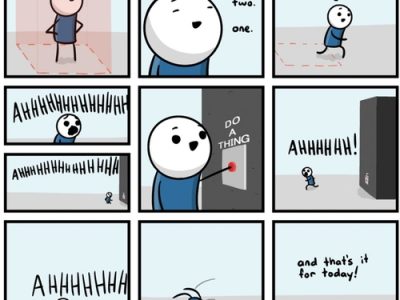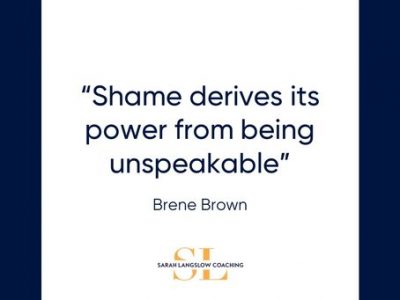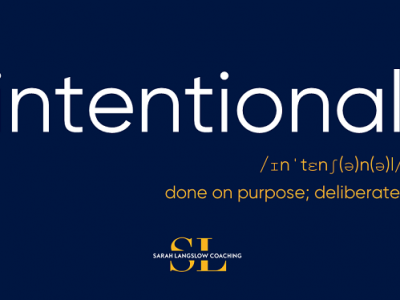
Ask anyone about their worst manager and most people will reply instantly. We have all had them, we all remember them, and not in a good way. I won’t go into the long list of behaviours that poor managers might display, honestly there isn’t enough space in this post, and let’s be honest, you’ve all seen them.
But there’s one thing they all have in common: people with the power to do something about them, haven’t. Because they know. Whatever they might protest…
And what’s the single biggest “crime” I see amongst the organisations and clients I work with? Not being willing to have the hard conversations. To give the direct feedback.
This is only exacerbated by the huge increase in remote working over the last two years. Because who wants to have tough conversations on Zoom?
It’s very human to avoid them. We might feel uncomfortable, the other person might feel uncomfortable, or worse, get upset. We don’t know what to say. Maybe we are even afraid we will make things worse. Maybe we talk ourselves into believing it’s not that bad. Maybe we are over-reacting. Maybe the wifi will cut out or the video will freeze at exactly the wrong moment.
So typically we do one of two things.
Either we have the conversation, but in such a watered down way as to render it ineffective or simply confusing.
Or we don’t have it at all.
Be honest with yourself. When was the last time you gave clear, direct, hard-to-hear feedback to someone? No preamble, no flowery language to make them (*cough, you) feel better.
The irony is that these behaviours are a big part of what caused that bad manager that is so memorable to you. While you may not be that person, you are likely enabling the same behaviours.
To have these conversations well takes skill – that is, to be able to deliver hard messages without accidentally coming across as an a**hole. And that takes practice. To start you off, here’s a few of my top tips for having challenging conversations.
- Know your why – be clear on your intention and state it out loud.
“I have some feedback for you, my intention is to support you and help you improve, are you open to hearing it?”. Note, no one says no, and as a bonus, they are immediately more receptive as they have said yes. - Invite the other person in and create a shared goal.
Don’t “do” conversation to people, don’t ambush them. “What would you like to get out of this conversation?” “What might be in it for you?” - Expect and welcome emotion!
It’s a sign people care, so there’s nothing wrong. Ground yourself and stay with them, check in “what do you need?”. And be human and compassionate without backing away from the message. - Listen more than you speak.
When we are uncomfortable we tend to speak more and faster, which also makes it harder to take in. Pause, allow space for them to reflect and respond. “What are you hearing for yourself in this conversation?” “What are you open to practice differently?” “How can I support you to act on this feedback”?” - Look for where you agree and build from there.
Bring it back to the common ground you have, especially if it gets tense. Rather than starting from where you disagree, listen for where you agree.
So if you’re reading this with a particular person or conversation in mind that you’ve been avoiding, I challenge you do go and have it. Don’t be one more person who didn’t, the consequences are probably much greater than you imagine.
Let me know what you think. Have you ever tried any of these tips and techniques?
Photo by Toa Heftiba on Unsplash







